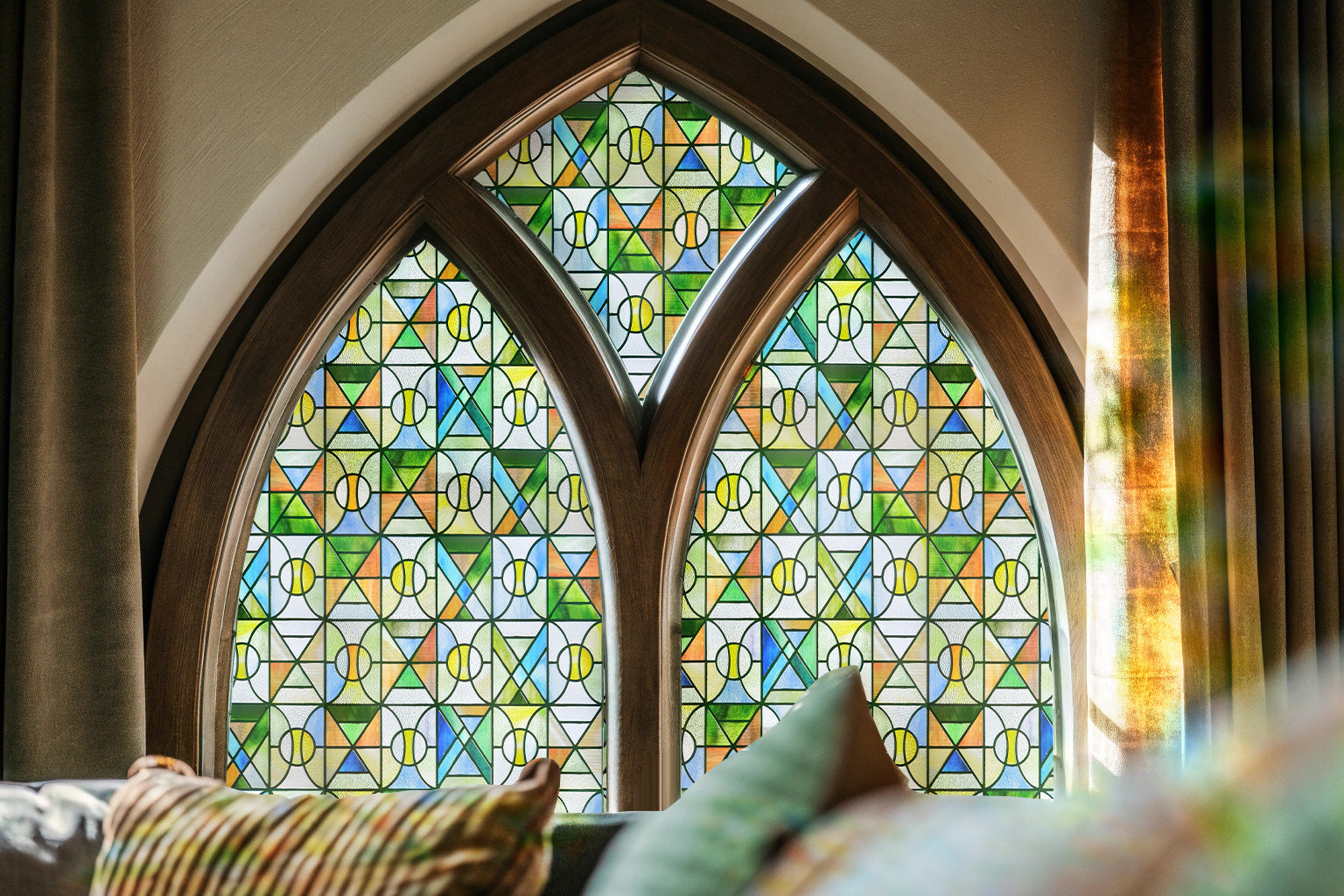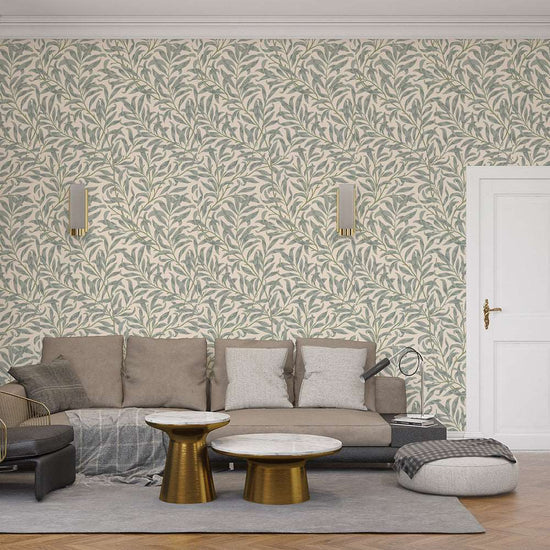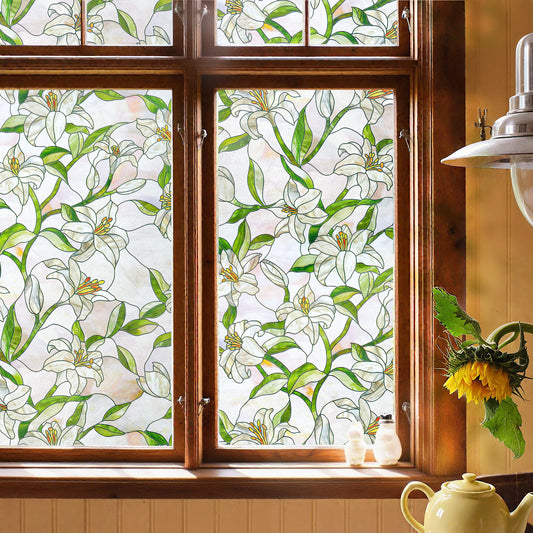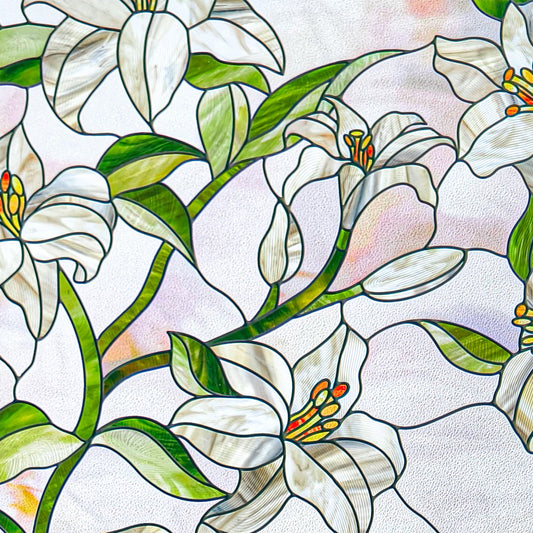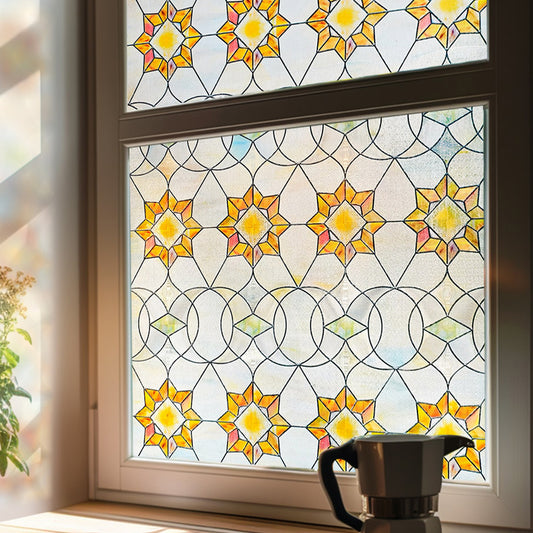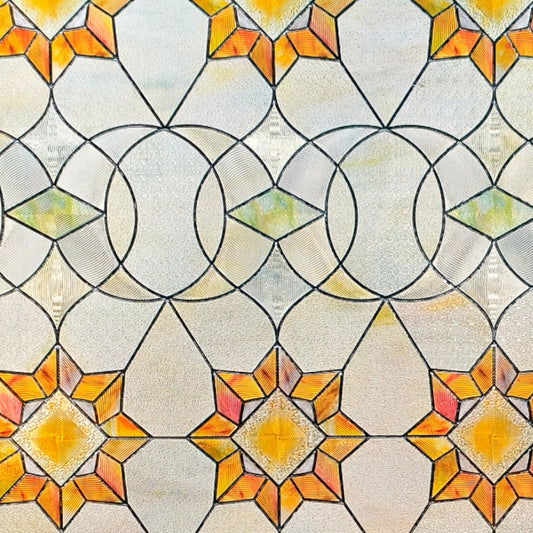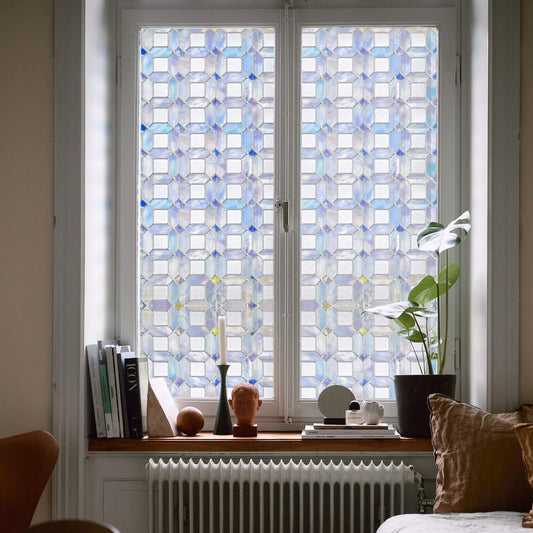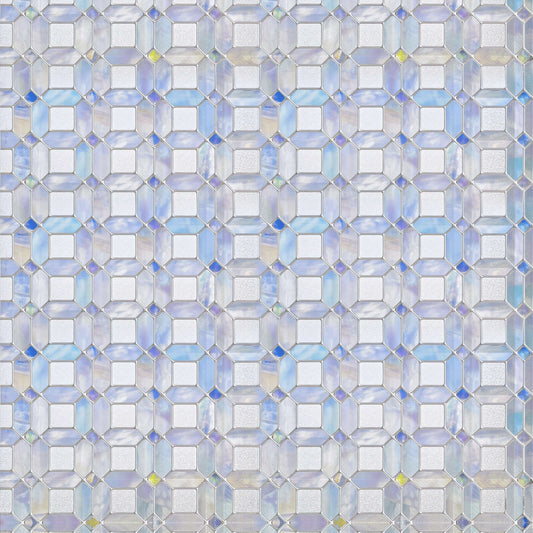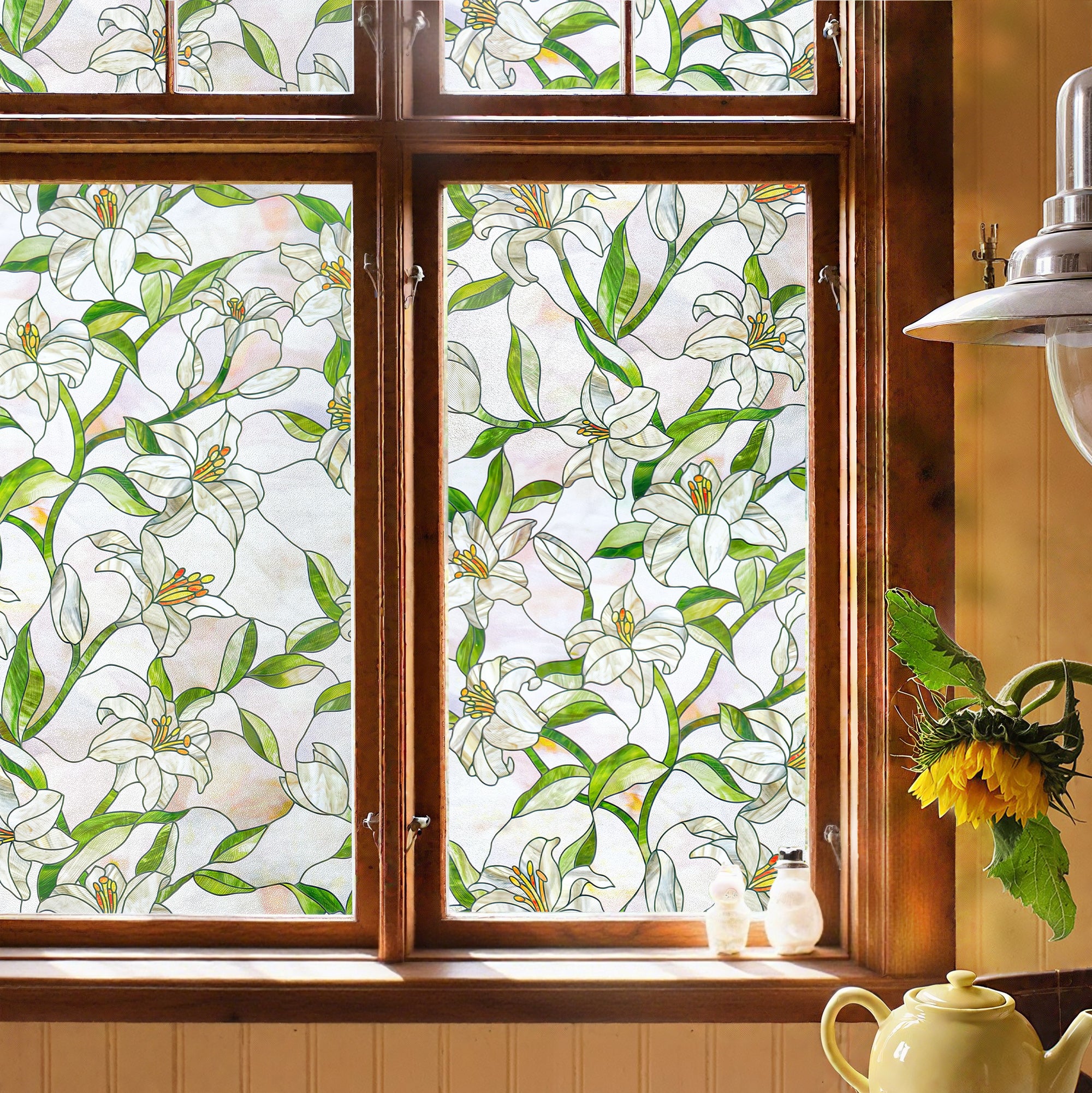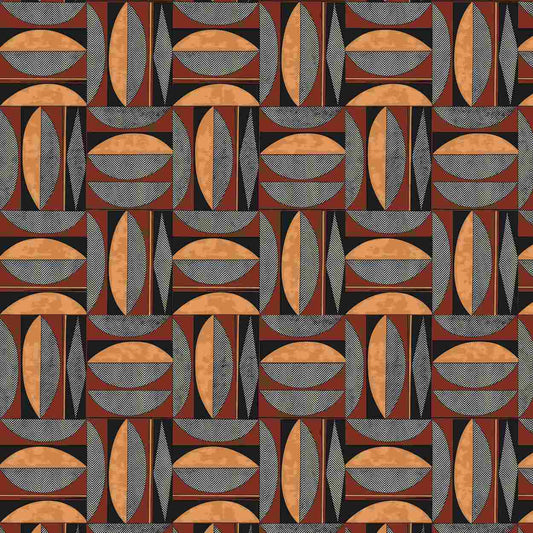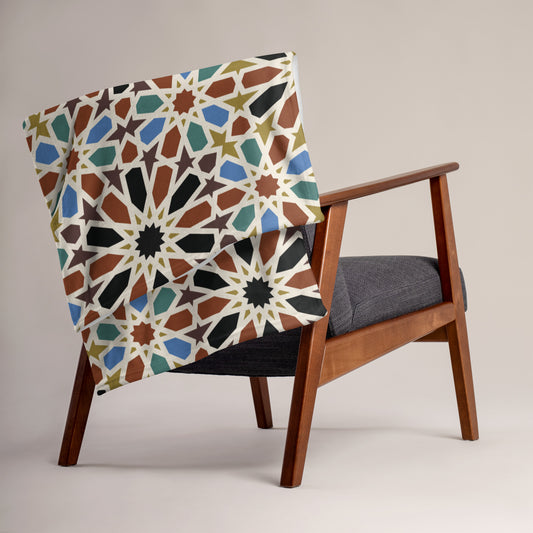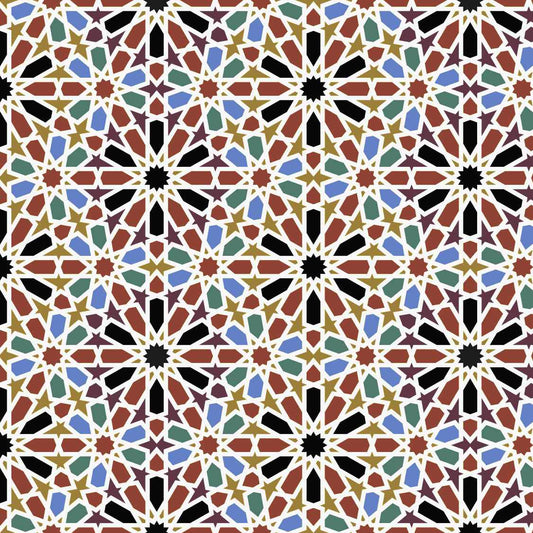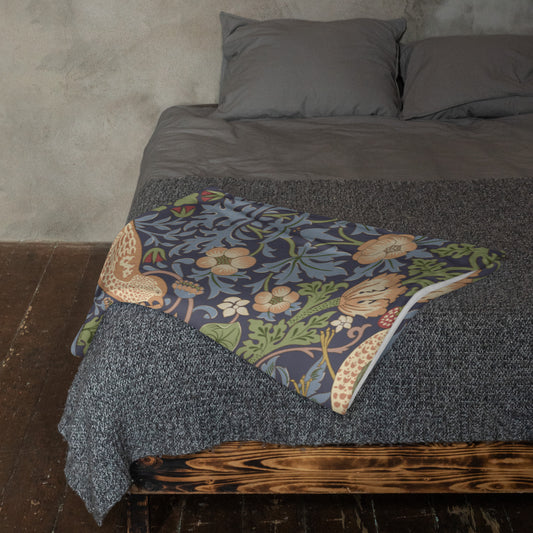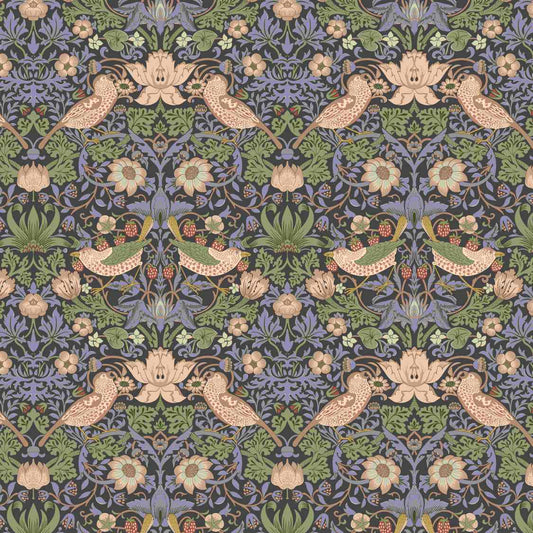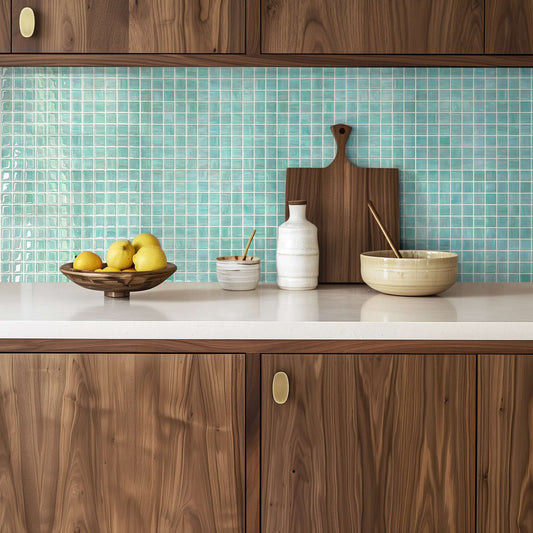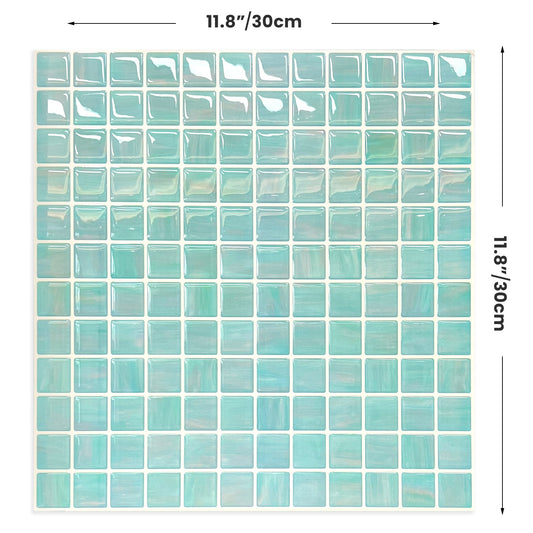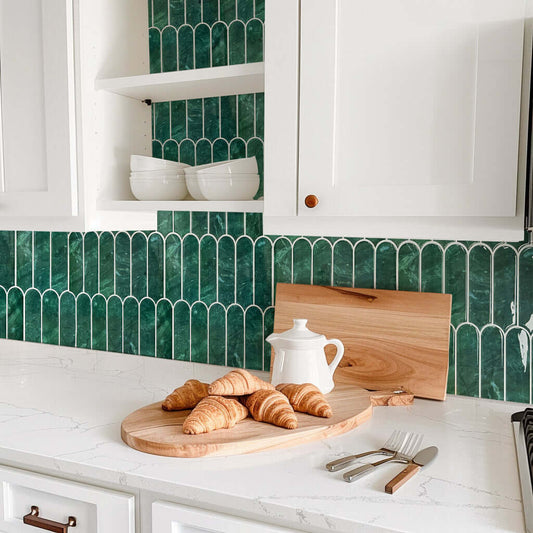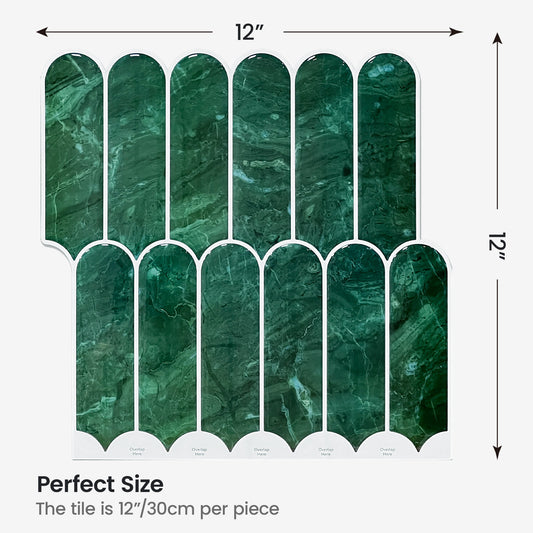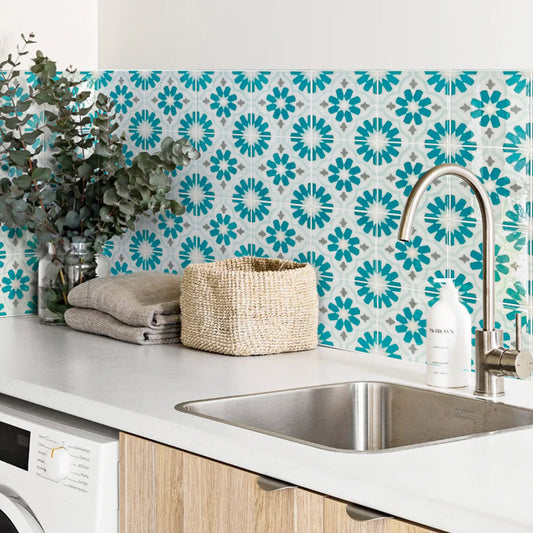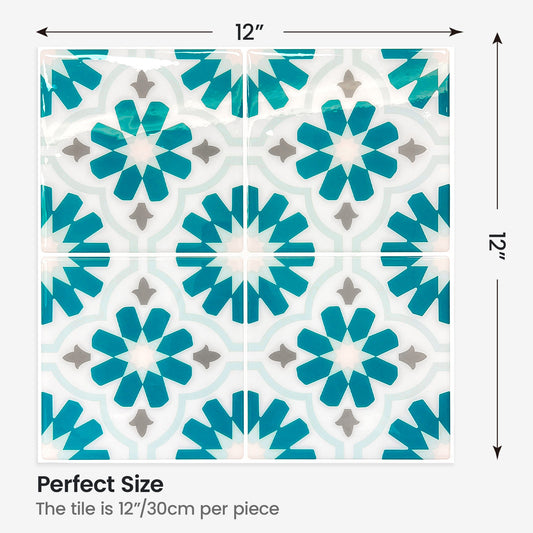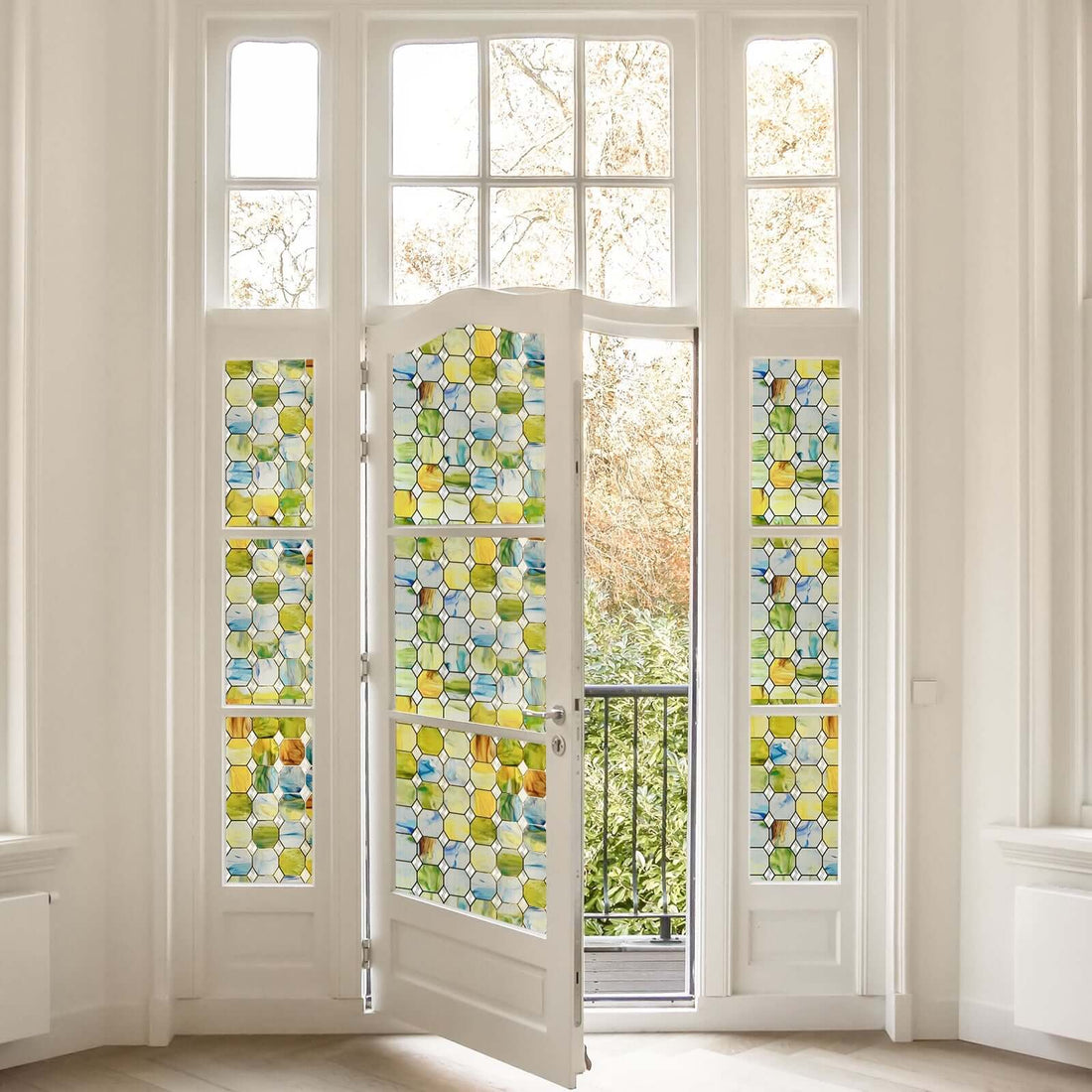Stained Glass Window Films in Sustainable Homes

As homeowners increasingly embrace environmental responsibility, the search for innovative solutions that merge functionality, aesthetics, and sustainability has gained momentum. Stained glass window film, a versatile and visually striking technology, has emerged as a standout choice for modern homes.
These films are more than just decoration. They provide energy efficiency, UV protection, privacy, and artistic expression. This makes them a great choice for eco-friendly living. Let's explore how stained glass window films contribute to a more sustainable and comfortable home environment through their multifaceted benefits.
1. Enhanced Energy Efficiency Through Adaptive Light Management
Stained glass window films are engineered to regulate indoor climate by manipulating natural light in ways that reduce reliance on artificial heating and cooling systems. Unlike traditional solar films, their colored and textured designs are not just functional but also artistic, creating a dynamic interplay between light and space.
Seasonal Climate Control
- Summer Cooling: The pigmented layers in stained glass films reflect a significant portion of solar infrared radiation, preventing excessive heat gain without compromising natural daylight. This cuts air conditioning use by up to 30%, according to energy studies. It also creates beautiful colored light patterns indoors, improving the living experience.
- Winter Insulation: In the cold months, the films work as a barrier. They help keep heat inside by reflecting warmth back into the room. This reduces heating demands, especially in homes with large glass surfaces, creating a more consistent indoor temperature and lowering energy consumption year-round.
Daylight Optimization
By diffusing harsh sunlight into weich,filtered light, stained glass films eliminate glare while maintaining visibility. This reduces the need for artificial lighting during the day, particularly in spaces like home offices or living areas, where consistent light quality is essential. Energy savings from reduced lighting usage compound with HVAC efficiencies, creating a comprehensive impact on household energy bills.
2. UV Protection and Preservation of Interior Assets
One of the most important benefits of stained glass window films is that they can block up to 99% of harmful UV-A and UV-B rays. They are even more effective than many regular window treatments.
Preventing Material Degradation
Sunlight exposure causes fading and deterioration in furniture, artwork, flooring, and textiles, leading to premature replacements and increased waste. Stained glass films act as a protective shield, preserving the colorfastness of carpets, wooden furniture, and upholstery. For homeowners with valuable antiques or custom interiors, this protection extends the lifespan of possessions, reducing the environmental footprint associated with manufacturing and disposing of replacement items.
Artistic Preservation
In homes with architectural features like original woodwork or historic elements, the films provide a non-invasive way to protect heritage materials while adding a layer of artistic design that complements or enhances the space's character.
3. Privacy Solutions with Design Integrity
Privacy is a key concern in modern living, but traditional solutions like curtains or blinds often obscure natural light and lack aesthetic appeal. Stained glass window films offer a sophisticated alternative:
Customizable Privacy Levels
These films come in different opacities and patterns. They range from frosted designs to detailed stained glass.
Homeowners can create private areas while still letting in light. Ground-floor windows can have semi-opaque patterns. These patterns block direct views from the street but still let in plenty of daylight. Bathrooms or home offices might use more opaque designs that provide complete privacy without blocking all light, creating a bright yet secluded environment.
Architectural Enhancement
Unlike static blinds, stained glass films transform windows into design features. They can mimic the look of historic stained glass, modern geometric patterns, or nature-inspired motifs, adding visual interest to plain windows while maintaining a cohesive architectural style. This dual functionality reduces the need for additional decorative elements, streamlining interior design and resource use.
4. Sustainable Material Innovations and Lifecycle Benefits
The environmental impact of building materials is a growing consideration, and stained glass window films excel in this regard through both manufacturing and lifecycle performance.
Eco-Friendly Production
Modern films are increasingly made with non-toxic, lead-free pigments and water-based adhesives, eliminating harmful volatile organic compounds (VOCs) that contribute to indoor air pollution. Many manufacturers focus on using recycled materials in their products. This process uses much less energy than traditional stained glass making, which needs high-temperature glassworking.
Longevity and Low Maintenance
High-quality stained glass window films have a lifespan of 15-20 years when properly installed, outlasting most window coverings. Their durable, scratch-resistant surfaces require minimal upkeep—simply cleaning with mild soap and water—eliminating the waste from frequent replacements. At the end of their life, many films are recyclable, closing the loop on their environmental impact.
5. Carbon Footprint Reduction Through Holistic Efficiency
The cumulative effect of reduced energy use across heating, cooling, and lighting systems directly translates to a lower carbon footprint. By using stained glass window films, each home can rely less on fossil fuels. This helps fight climate change. For a typical household, this can result in a 15-20% reduction in annual greenhouse gas emissions associated with home energy use.
The beauty of these films makes homeowners think twice about energy-heavy renovations just for looks. This encourages a culture of sustainable beauty where function and form work together.
6. Water Conservation Indirectly
In regions where water is used for cooling systems or irrigation affected by indoor heat buildup, the reduced need for air conditioning can indirectly conserve water resources. By keeping interiors cooler naturally, stained glass films help lower the demand for water-intensive cooling technologies, supporting broader sustainability goals beyond energy alone.
Conclusion: A Beautiful Step Towards Sustainability
Stained glass window films redefine what it means to be environmentally conscious in home design. They offer a rare combination of artistic expression, functional efficiency, and ecological responsibility, addressing multiple pillars of sustainable living: energy conservation, resource preservation, waste reduction, and carbon mitigation.
Homeowners enjoy many benefits beyond lower utility bills. They have a more beautiful and comfortable living space. Natural light becomes a key design element.
Privacy is kept with style, and household assets are protected for future generations. As technology keeps improving, these films show how new ideas can make sustainability a beautiful way of life.
By integrating stained glass window films into modern homes, we embrace a future where every design decision contributes to a healthier planet—one pane at a time.

